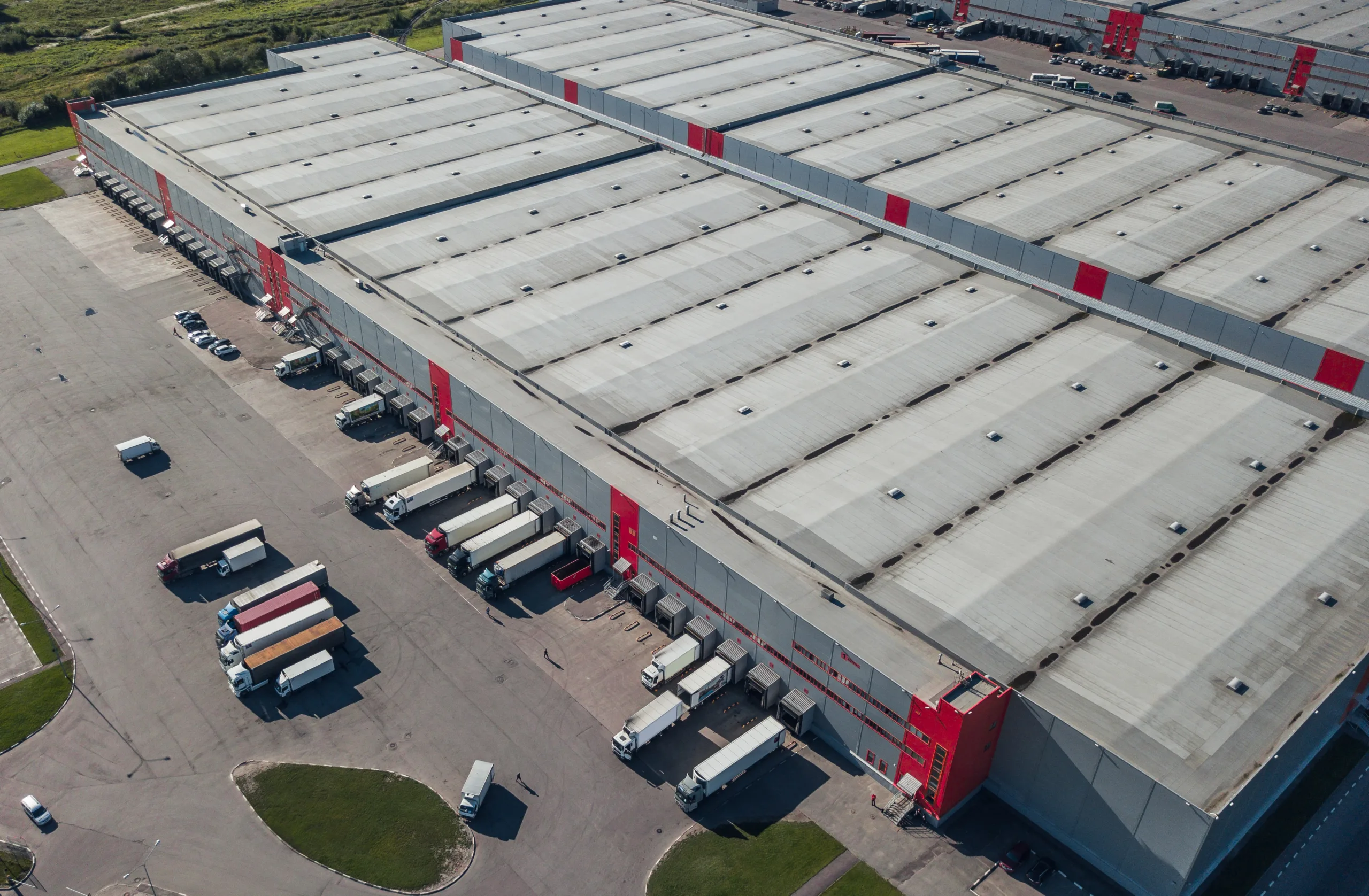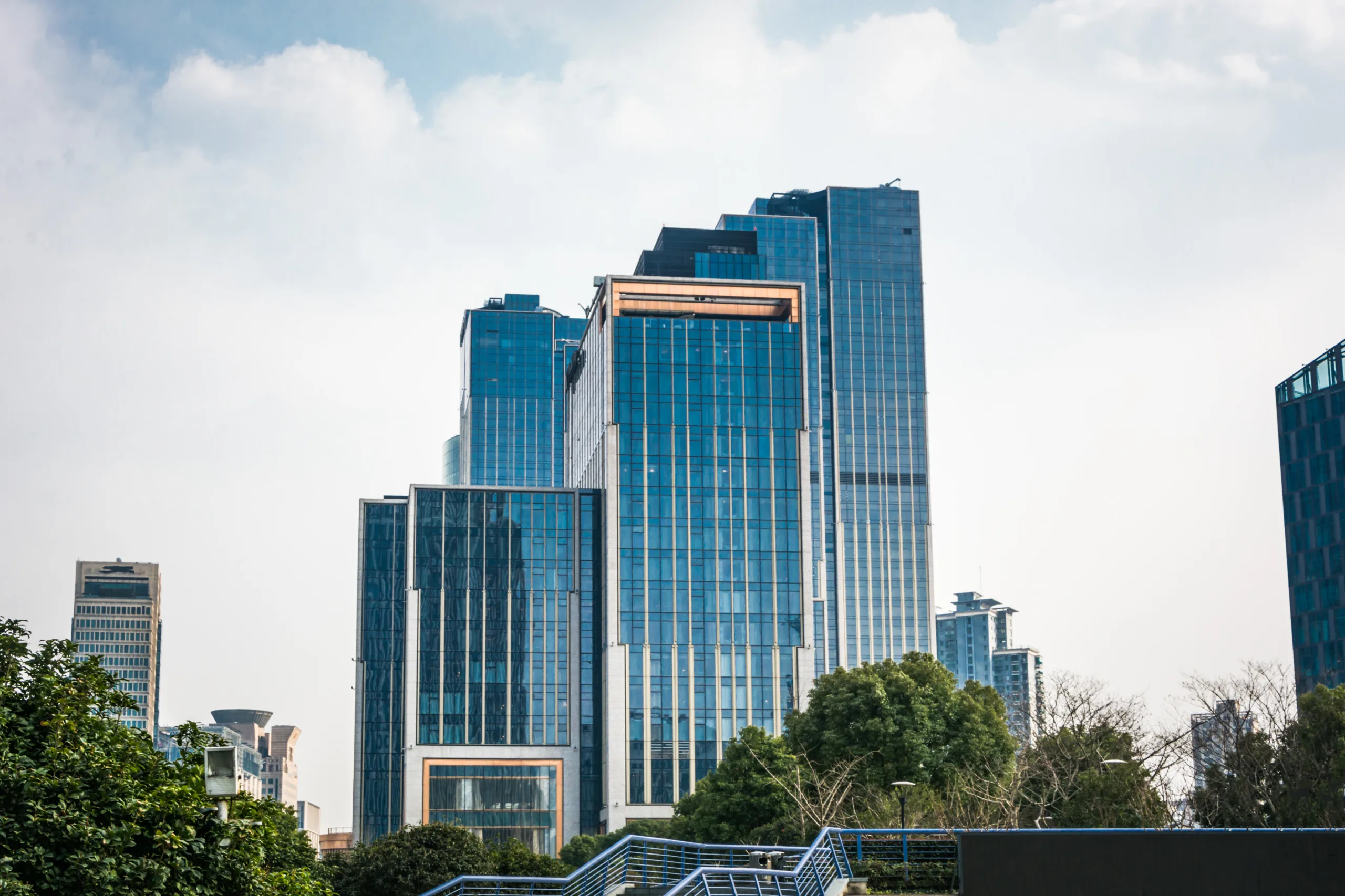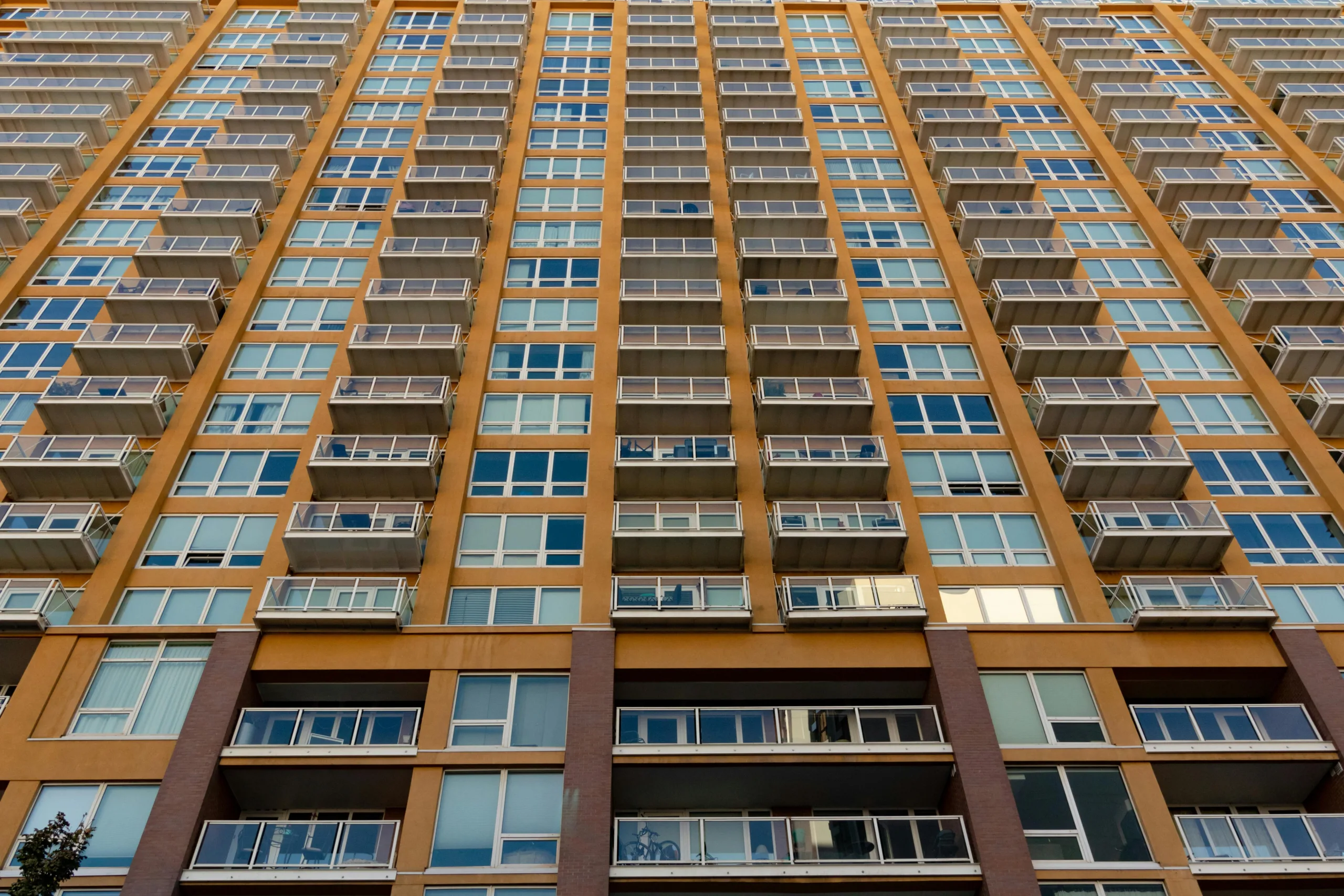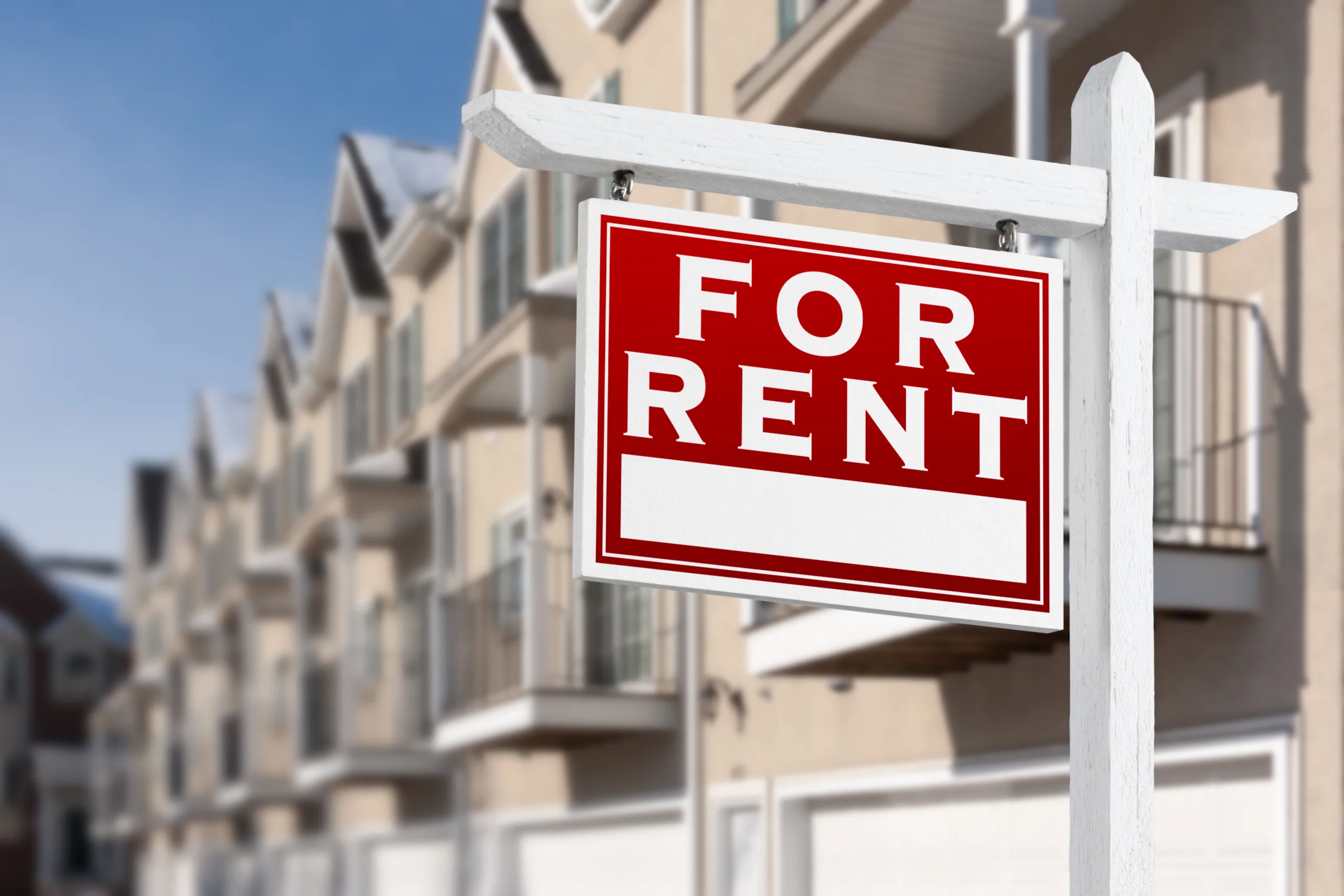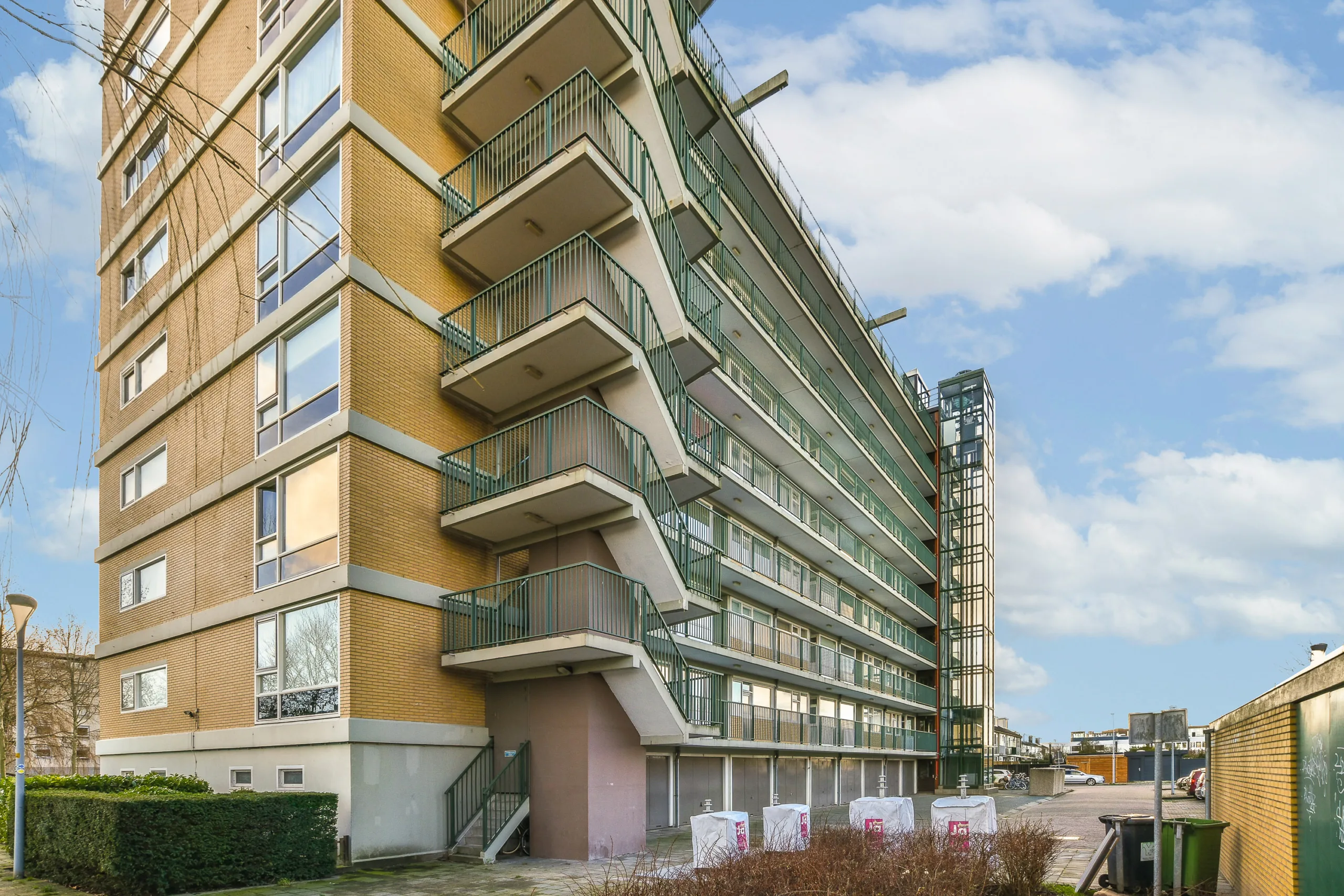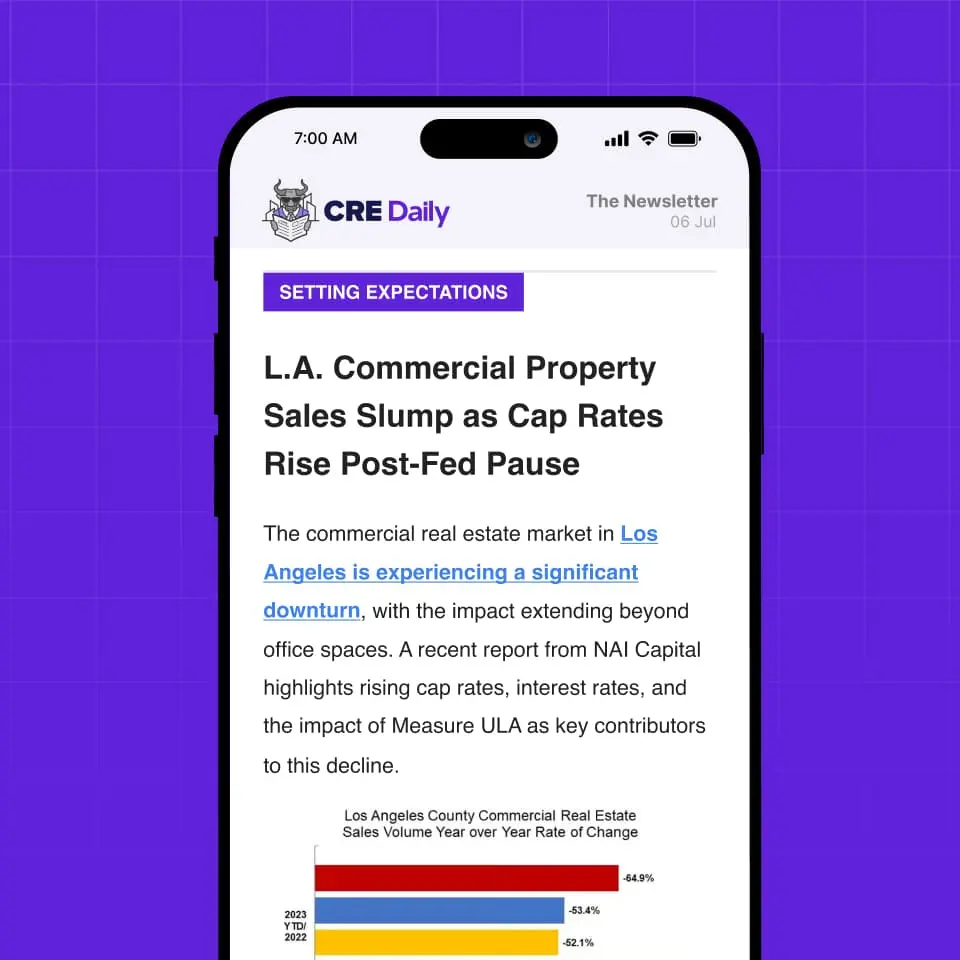- CRE volume rose 2% year-over-year in Q2 2024, totaling $96.2B, but June activity dropped 20% due to a lack of large-scale transactions.
- Multifamily led all sectors with $35.1B in sales, though volume declined 14% as major entity-level deals dried up.
- Retail and office saw strong rebounds, with retail up 30% and office jumping 51% from last year’s low base, despite prices slipping slightly.
- Hospitality posted the weakest results, down 26% in volume and 1% in pricing, as portfolio deals plummeted 73%.
Modest Growth Masks Uneven Performance
Commercial real estate activity showed modest improvement in Q2 2024, reports GlobeSt. Total sales volume reached over $96.2B, marking a 2% increase year-over-year, according to Colliers’ analysis of MSCI data. But the quarter’s final month painted a more sobering picture: June sales were down 20% year-over-year amid a lack of large portfolio and entity-level deals.
“Deal counts remain historically muted,” said Aaron Jodka, Director of National Capital Markets Research at Colliers. He also noted that recent months have seen ongoing data revisions, creating further uncertainty in market momentum.
Get Smarter about what matters in CRE
Stay ahead of trends in commercial real estate with CRE Daily – the free newsletter delivering everything you need to start your day in just 5-minutes
Sector Breakdown
Multifamily again led the pack with $35.1B in sales. However, volumes declined 14% year-over-year, largely due to the absence of mega-deals like Blackstone’s $10B acquisition of AIR Communities earlier in 2024. Dallas led all metros with $5.6B in activity.
Industrial remained resilient at $22.9B, posting a 1% YoY increase in volume and a 2% gain in pricing. Cap rate expansion may lure more investors back, with Dallas, Northern New Jersey, and Houston among the most active markets.
Office saw a surprising 51% YoY rise to $18.1B, with central business district investments climbing 74%. Despite the growth, total volume remains at only half of 2019 levels. Manhattan led in H1 office transactions, followed by East Bay and Los Angeles.
Retail was the standout, jumping 30% YoY to $14.7B. Prices rose 4%, and both single-asset (+28%) and portfolio/entity deals (+44%) increased. Los Angeles, Seattle, and Dallas were among the most active metros.
Hospitality, however, was the weakest performer with $5.5B in volume—a 26% drop from 2023. Portfolio deals plummeted 73%, while single-asset deals fell 17%. Phoenix led hospitality activity, trailed by Atlanta and Manhattan.
Why It Matters
Aggregate quarterly gains suggest stability. However, the steep drop in June volumes underscores persistent caution among investors, especially in the absence of large-scale transactions. The sector-specific divergences also reflect ongoing recalibration of risk, pricing, and capital availability across asset classes.
What’s Next
Investors remain cautiously optimistic, buoyed by stock market gains but uncertain over interest rate direction and fiscal policy. As pricing adjusts and capital markets normalize, sectors like retail and office may continue to outperform. Meanwhile, multifamily and hospitality could see ongoing volatility in the second half of 2024.


